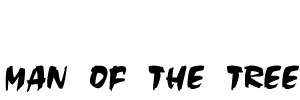Fuguestate is a hybrid artwork that combines musical composition with location sensitive technologies, video installation and participatory performance. The project explores an individual’s transformation from confusion to complicity within a responsive system by relating the fugue as a musical form to the psychological condition known as a fugue state.
The work is a spatially arranged composition that is installed in multiple rooms within a building and integrates seven participants shifting presence with a collection of individually transmitted piano gestures.
Participants arrived at the location without any knowledge of what they were engaging in. They had acted out of curiosity based on this text:
In rural England in 2005 police found a man wearing a dinner suit, wandering alone at night in pouring rain. All the labels in his clothing were torn out and he would not answer any questions. He was admitted to hospital where he continued to remain silent. Staff presented him with a pencil and paper in the hope he would write his name. Instead, he drew a detailed sketch of a grand piano. Eventually he was led to a piano where he reportedly played nonstop until he was exhausted. Nobody could remember what it was he played.
A fugue is commonly described as a composition in counterpoint, more a procedure than a musical form in which different parts, or voices enter successively in imitation of a generating theme, as if in pursuit of each other. The term fugue is derived from fuga, the latin word for ‘flight’.
A dissociative fugue or ‘fuguestate’ is a sudden, unplanned excursion away from ones planned itinerary accompanied by either memory loss or confusion. This can result in an assumption of a new identity. It can also be considered a disturbed state of consciousness in which the person affected seems to perform acts in full awareness but upon recovery cannot recollect what it was they did.
